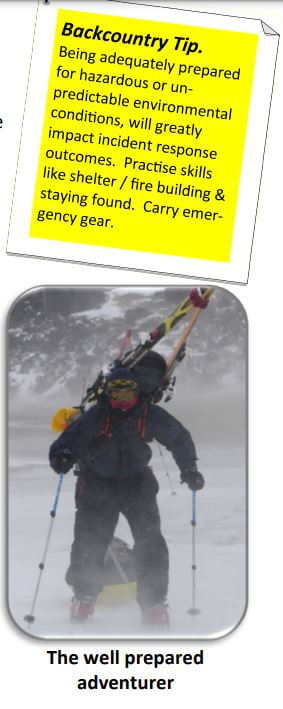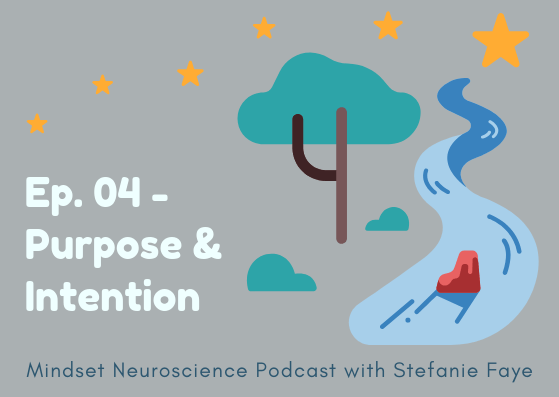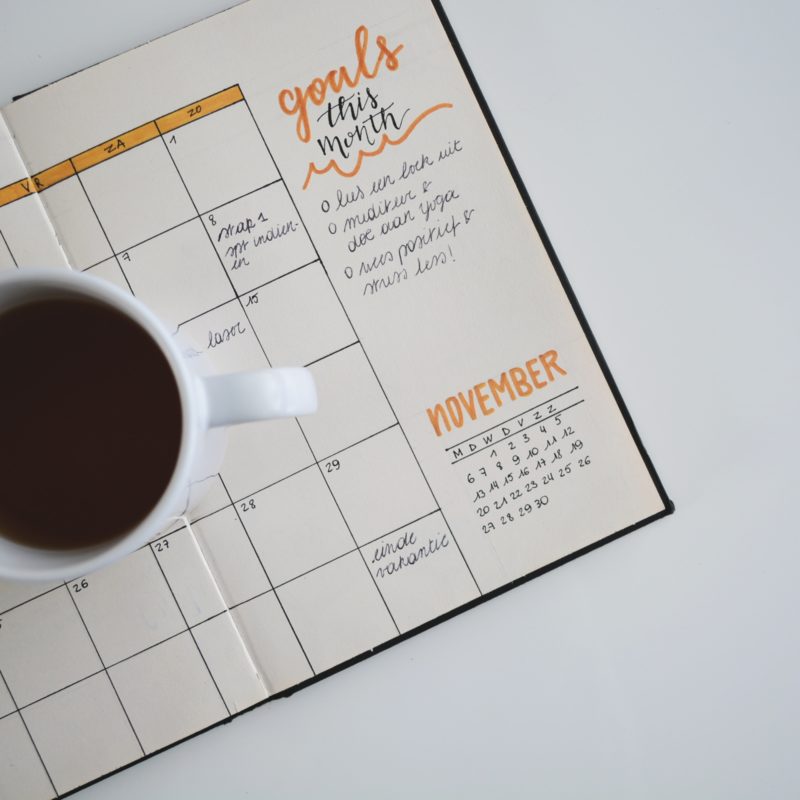
A signal-to-noise ratio tells us about the level of signal power compared to the level of noise power.
Signal refers to useful information - meaning frequencies and vibrations that are being transmitted that we ‘want’ to detect because there is utility in it. The word ‘information’ means data that is in-a-formation that is useful.
For example, if we are having a conversation in a coffee shop and we want to engage in that conversation, the signal we want to pay attention to is the person’s voice. But if there is an espresso machine nearby, the sounds it is making are not what we want to pick up. The frequencies coming from the machine are therefore noise. For the people to hear the conversation, they will need to raise their voices (signal power) to compete with the noise power of the espresso machine, or wait until the espresso machine stopped making noise*. Another example is if we are listening to music through speakers, the signal we want to hear is the music. If there is a humming or hissing from the speaker, this would be the noise. In an acoustic context, the signal-to-noise ratio is expressed in decibels (dB).
*In contrast, if I were a technician coming in to fix the espresso machine, the signal I want to pick up would actually be the sound of the machine so I could detect what the issue may be. In that case, I would not want people talking really loudly near me if I were trying to hear the sounds of the machine.
The higher the power of the signal compared with the noise, the more accurately we can hear the signal. So a signal-to-noise ratio of 100 dB means that the signal level is 100 dB higher than the noise level. A signal-to-noise ratio of 70 dB means the signal is only 70 dB higher than the noise - which means the competition between noise and signal is stronger, and makes the signal quality less clear.
There are two levels of this concept that I think are useful for us to think about. The first is more of a metaphorical one...
A lot of what we listen to, watch, pay attention to... is noise.
It’s not useful information. It doesn’t help us get clearer on our goals or how to achieve them. It doesn’t make us feel better about ourselves. It doesn’t help us regulate our internal state or help us regulate ourselves with others. Noise doesn’t align with the underlying goal of all of our behavior which is to maintain our systems at an optimized level and project into the future*.
*these two things make up the core concept of ‘homeostasis’, which is the most basic driving force of every single action taken by every cell of our body, all the time without exception.
To live at our most optimal level, we, as living complex organisms, need to be able to regulate and adjust our internal state, and how we think, move and communicate in order to create harmonious and resilient relationships, families, teams, and individual behaviors. We want to expose ourselves to signals that help us do that. But many of us allow too much noise into our senses. When we pick up our devices, many of us are no longer intentional about what we choose to tap on, or how we move our eyes to look for useful information that helps us become a better version of ourselves.
*The noise ratio is extremely high on our devices because of the attention-for-profit-and-power model that drives all algorithms to keep you noticing the noise.
We may also be surrounding ourselves with noise from people who are not offering us ‘signals’ that help us see ourselves in a positive, empowered way. So many of the kids and teens I counseled as a school counselor were affected by this. Whether it was family or friends, they were surrounded by people who didn’t believe in them, surrounded by people with fixed mindsets - mindsets that fixate on limitations, on problems, on negativity, on helplessness and lack of agency.
In order to hear signals (useful and wanted information) more clearly, we can’t just turn up the volume of everything.
We have to also lower and minimize noise as much as possible. That’s the only way to make that ratio number higher. This means we need to be clearer on how we want to feel. Do we want to feel inspired, energized, powerful, capable of achieving our highest visions and versions of ourselves? If we do, we need to make sure we are creating environments and seeking out signals that align with that. We also then need to lower the amount of noise that does not align with feeling that way.
On a very literal acoustic level, we do also need to pay attention to how much noise is around us - from machines, background sound, human-made noise pollution*. This kind of noise also has powerful effects on our nervous system.
*including what is called the 'noise floor', which is a constant hum or vibration that is always there in the background, often due to machines of some sort like refrigerators, air conditioners, etc.
This is why being out in nature can be incredibly healing. If you can combine being outdoors and with people who align with that highest vision and version of you, you can create a really powerful signal-to-noise ratio.
What can you do this week to improve your signal-to-noise ratio? What signals for your wellbeing and evolution can you intentionally increase, and what noise that distracts or lowers your sense of strength, wisdom and capability can you quiet down?
*There is also a signal-to-noise ratio occurring in our own inner dialogue. I’ll explore that in an upcoming article.

On a side note..
Just finished a weekend of wilderness emergency responder training. Three key things stood out:
- The ability to regulate oneself while others are panicked is an essential tool that needs to be practiced and explored on multiple levels and on a regular basis so that it can be more easily accessible during challenging situations
- Having the right gear is critical. From an emergency response and from a weather perspective - we were out for 8 hours in the cold. I was thankful that my clothing stood up to the test. If it hadn’t been, I would have been so uncomfortable that I would have been less helpful to the people around me (and less able to enjoy the whole experience). Still need some upgrades*
- Planning and thinking about many different scenarios actually CREATES mental clarity and a sense of agency… many people might think that if you think about too many ‘bad’ scenarios that you are creating more overwhelm or unnecessary fear. However, if you are doing this in an intentional way with training and education about what can be done - you are creating a wider range and repertoire of abilities to solve problems. This is a neurological tool that significantly improves resilience and self-regulation abilities. Talking about problems or scenarios with no intention to learn how to deal with them is different. Bringing up scenarios and creating a plan is a form of stress management. This is also something coming up for me in discussions about my parents’ aging and health issues. They prefer not to talk about any of this - but slowly and incrementally, we are learning together that bringing up scenarios that may be unpleasant to think about, and talking about options actually helps lower everyone’s stress.
*one of my favorite companies, Fieldcraft Survival, is doing amazing collaborations with other gear companies, and a giveaway package for winter emergencies (go to website or their @fieldcraftsurvival IG for details)
#signaltonoiseratio #analog #resilience #mindset #neuroscience #heartbrainconnection #community #team #familyunit #powerpartnership #mission #purpose #endurance #warriorsheart #behindthescenes #offscreens #longtermvision #love #love #love #unity #unifiedpurpose #cometogether #humanpotential #genx #awakening #unraveling #crisis #passingdownwisdom #futuregenerations


